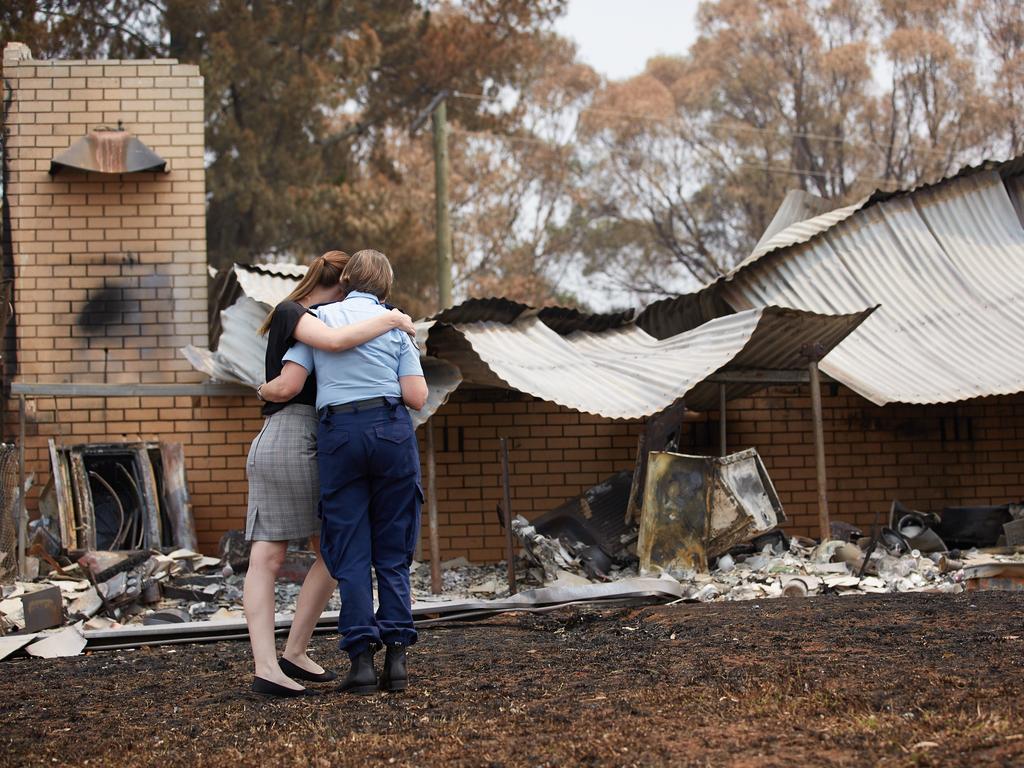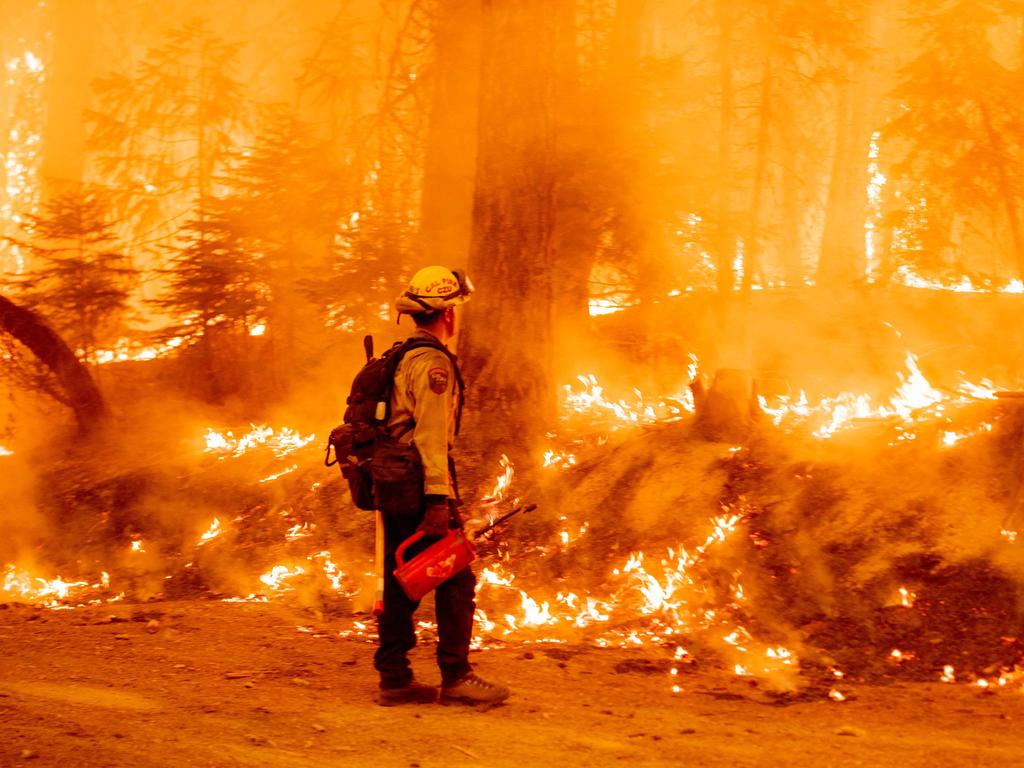New app will tell Aussies how at-risk their house is of a bushfire
Experts warn that even if your house itself is not highly flammable, it is likely structures or objects under or around it are.
In the wake of the devastating Black Summer bushfires of 2019/20, Aussies have been given a lifeline to prevent future destruction of the same scale.
The Bushfire Building Council of Australia announced an app on Wednesday, which allows renters and homeowners to easily gauge how at-risk they are of a destructive bushfire.
Using the app, households will enter their address to assess the risk of bushfire at their location.
Households will then be asked a series of questions about their home and landscaping.
A Star Rating (one-five stars) will then be provided for the property, along with a tailored list of site-specific measures that will help achieve a higher rating, ultimately making their house safer and less flammable.
Former Victorian fire chief Craig Lapsley said the app had been more than 10 years in the making.
“It's been a decade and it really had to come to a head with the Black Summer fires,” Mr Lapsley said.
Approximately 3,000 homes were destroyed in the Black Summer bushfires, with an unprecedented 1.8 million hectares of land burnt.
Experts warned a parliamentary committee on Tuesday that a repeat of Black Summer was highly likely, as extreme weather events become more frequent and more intense.

CEO of the Bushfire Building Council Kate Cotter said embers were the “main cause” of building destruction, stressing the need to remove combustible materials from around the home.
Houses made of non-combustible materials such as brick, concrete, cement and sheet glass are more likely to receive a higher star rating, indicating they are lower-risk.
Meanwhile, houses made even partly of wood are likely to receive a lower rating, indicating a higher risk.
But both Ms Cotter and Mr Lapsley stressed Australians needed to consider the full range of risks they may be subjecting themselves and their families to.
“There‘s lots of things that people wouldn’t think about that can ignite”, Ms Cotter said.
Even if your house itself is not highly combustible, it is likely that structures or objects under or around it are.
Anything from kayaks and surfboards to wood piles and pergolas located within five metres of a house can pose an immense risk, according to Ms Cotter.
Wooden or plastic decks can also pose a grave risk to your safety.
“People want a deck that reaches into the landscape, but what we’re finding is that a fire will travel through the garden and it’ll come up against something like a deck,” warned Mr Lapsley.
“When that burns, then the house is threatened as well.”

The new $3 million app will take all of these risk factors into account while also suggesting ways to mitigate them.
The app is set to launch in the next 12-18 months and will be available for free nationwide.
Ms Cotter stressed use of the app would be “entirely optional”, and that households could choose whether to share their rating with insurance companies or not.
“At the moment, insurers are already assessing what your risk is based on their own models and their own information,” Ms Cotter said.
She lamented that any good work households do to mitigate their bushfire risk is currently unrewarded because there is no way to demonstrate you’ve actually reduced your risk.
“(With the new app) you can get independently verified ratings and you can take them to get a discount on your insurance,” she said.
Ms Cotter highlighted that potential grants were also being discussed to help those who were living in houses with dangerously low ratings.
“It would make sense for governments to contribute to retrofitting costs for households due to the enormous savings achieved” said Ms Cotter.
According to the CSIRO, every dollar the government invests in climate adaptation or disaster risk reduction saves between $2 and $11 in recovery.
The new app has a launch deadline of March 2023, although it is expected to be released sooner.



